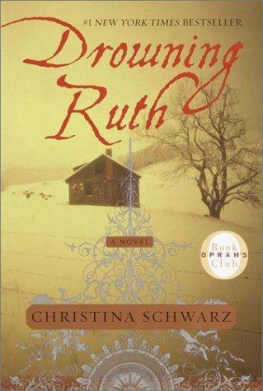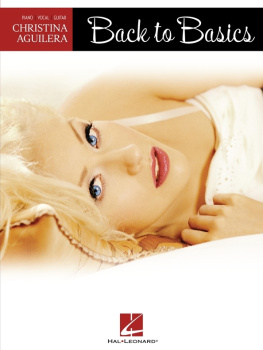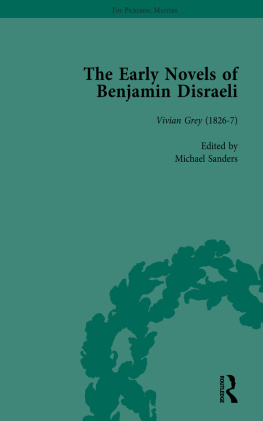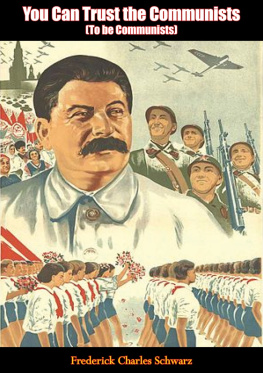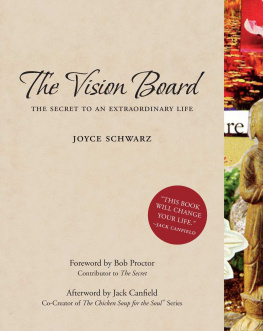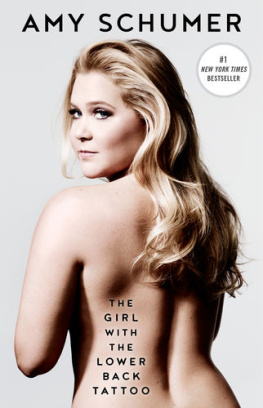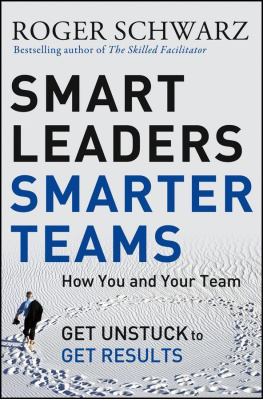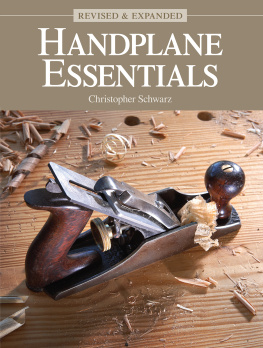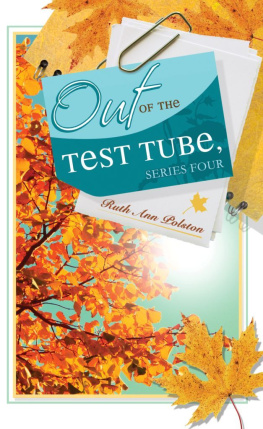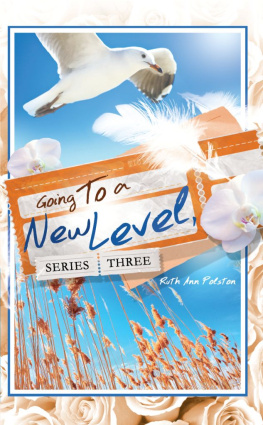Christina Schwarz - Drowning Ruth
Here you can read online Christina Schwarz - Drowning Ruth full text of the book (entire story) in english for free. Download pdf and epub, get meaning, cover and reviews about this ebook. year: 2000, publisher: Doubleday, genre: Science fiction. Description of the work, (preface) as well as reviews are available. Best literature library LitArk.com created for fans of good reading and offers a wide selection of genres:
Romance novel
Science fiction
Adventure
Detective
Science
History
Home and family
Prose
Art
Politics
Computer
Non-fiction
Religion
Business
Children
Humor
Choose a favorite category and find really read worthwhile books. Enjoy immersion in the world of imagination, feel the emotions of the characters or learn something new for yourself, make an fascinating discovery.
- Book:Drowning Ruth
- Author:
- Publisher:Doubleday
- Genre:
- Year:2000
- Rating:4 / 5
- Favourites:Add to favourites
- Your mark:
- 80
- 1
- 2
- 3
- 4
- 5
Drowning Ruth: summary, description and annotation
We offer to read an annotation, description, summary or preface (depends on what the author of the book "Drowning Ruth" wrote himself). If you haven't found the necessary information about the book — write in the comments, we will try to find it.
Drowning Ruth — read online for free the complete book (whole text) full work
Below is the text of the book, divided by pages. System saving the place of the last page read, allows you to conveniently read the book "Drowning Ruth" online for free, without having to search again every time where you left off. Put a bookmark, and you can go to the page where you finished reading at any time.
Font size:
Interval:
Bookmark:

I am infinitely grateful to Caitlin Flanagan, who has been unstintingly generous with both her trenchant editorial advice and her friendship. Were it not for the reward of reviewing pages with her, I would have quit many times over, and if the plot of this novel is in any way compelling, it is owing to her good sense. I also thank Jennifer Rudolph Walsh, who, with supreme competence and confidence, did for me what I never could have done for myself. She and Deb Futter, whose keen eye spotted the holes I'd missed, utterly changed my life with their commitment to this book. Linda Rudell-Betts helped me to begin and saw me through. Mary Ewens Meyer supplied me with myriad details about life on a Wisconsin farm and lake in the 1920s and '30s, and Jennifer Stuart Wong shared her psychological insight. Timothy Audley, Kathleen Buster, Anthony Meyer, Nicholas Meyer, Sue Parilla, Ann Schwarz,Carol Waite, and Barbara Wallraff all gave me the benefit of their knowledge in subjects ranging from farming practices to pregnancy. I'm grateful to Alan Buster for telling me to quit my day job, to Thomas Flanagan for his kind encouragement, to Brian Morton for advice on the first chapters, to Barbara and Carol Facul-jak for their enthusiastic reading of early drafts, and to Shelley Wall Reback for her decisive response to a crucial plot element. I'm indebted to Mitchell Duneier, Mira Kamdar, Henning Gutmann, Linda Kent, again to Caitlin Flanagan, and especially to Silvana Paternostro and James Chace for helping me find the right agent, to Belinda Cooper for clean copies when my printer rebelled, and to Mona Simpson for vouching for my sanity. Most of all, I thank Benjamin Schwarz, without whom I would neither have begun nor finished, and whose editing made all the difference. He is, among other fine things, the best reader I know.
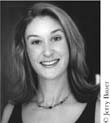
CHRISTINA SCHWARZ is also the author of All is Vanity. She grew up in Wisconsin. She and her husband live in New Hampshire.
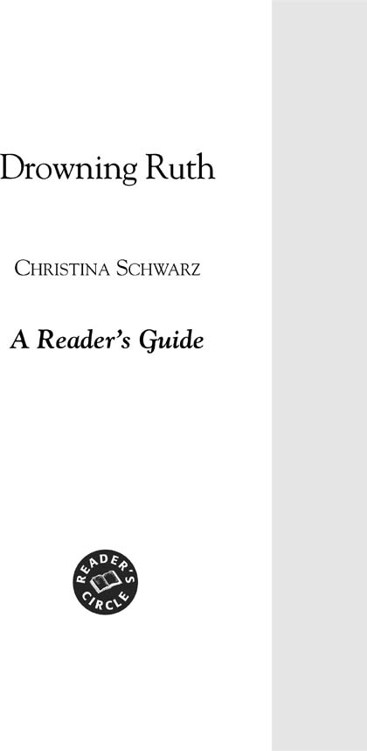
In the following letter, Christina Schwarz takes the opportunity to answer some of the many questions readers have asked her in letters and in person since the publication ofDrowning Ruth.
Dear Reader,
Drowning Ruth began because, as a child, I had a mysterious neighbor. She was a sort of Boo Radley character, reclusive and unknowable. People talked about her, but not directly to her, as far as I knew. My great aunt had been acquainted with her when they were both young. She'd wait in the car, Aunt Margaret said, while her husband went to parties.
To adults, I understand now, this woman was merely eccentric, probably agoraphobic, but to a child, she was fascinating. She had a huge house and lots of property surrounded by a chain-link fence. She kept two white German shepherds, which barked at anyone who passed along the road. She had outbuildings, one of which I was told (or perhaps I'd simply decided) was an aviary. And she was rumored to have shot a BB gun at teenagers who tried to cross her lakefront yard. She also mowed her lawn on a riding mower, her face hidden by a floppy sun-bonnet, but somehow this normal behavior made her even more interestingshe was almost, but not quite, like everyone else.
I first thought I would make up the story of her life, full of tragic betrayals that would cause her to want to have nothing more to do with other people. I would begin with her childhood and follow her until she was eighty, ensconced in that house, reaching for a BB gun whenever she spotted some children sneaking around the perimeter of her lawn.
It didn't work. For one thing, I kept getting stuck when my character, who eventually became partly Ruth and partly Amanda, was in her thirtiesmy own age. But thinking about her helped me generate the world that Drowning Ruth's characters would eventually inhabit. Very early on, I wrote the scene in which Ruth watches Imogene at the dance. And then I wrote another scene with Ruth and Imogene and Arthur, something about a driving lesson; a scene that is now stored in a long file box, along with lots of other scenes that in the end wouldn't fit into the book. I thought about Ruth as a little girl. What would her childhood be like? Who would take care of her? I remembered a foster child who would wait for the school bus with me when we were children, but then get on a smaller bus that would take her to a different school; she was another fascinating, mysterious person, and thinking about her helped me write the chapter in which Hilda comes to stay with Ruth. I also thought of a story my father had told me about a brother and sister who'd raised two adopted children together on a farm, when he was growing up. From this, in a way, Amanda and Carl emergedthey were brother and sister at the start.
Once Amanda had distinctly arrived, she took over. I could hear her voice quite clearly, always her tone, and often her harsh, sardonic words, and I quickly grew very attached to her. Because her voice was so vivid, I started writing scenes in the first person. I particularly like the idea that a novel can show several interpretations of a single event, and alternating first person with third person helped me do that.
For awhile, I wasn't sure whether Amanda was Ruth grown up or Ruth's guardian. Even though, literally, she turned out to be the latter, in some ways, I suppose she is both. I wanted Ruth to echo Amanda, both because Amanda raises her and because of their genetic connection. In a larger way, too, I wanted to imply repetition in this novel, which is one of the reasons I set the book between the two world wars. Although I don't know enough to be sure it's true, I'm intrigued by the notion of human events moving in cycles, because of the way one generation inevitably influences the next.
I realize now that I used impressions from my childhood for Drowning Ruth, because everything seemed so dramatic then, when I didn't understand the mundane underpinnings of events and relationships. This attraction to things I don't thoroughly comprehend is also the main reason I set my story in the past. My father's side of the family has lived in southeastern Wisconsin for generations, and my ancestors have long had an intimate connection to the lake on which I modeled Nagawaukee. I lived for the first ten years of my life over a boathouse that was originally part of my great-great-grandfather's summer estate, the main house of which was the model for the Owens's house. Stories about the place, from my great aunt, my grandmother, my father, and my uncles, were inescapable. To me, separated from those times by at least a generation and hampered by a child's limited understanding, these stories were vague. They weren't narratives so much as splotches of color and patterns of light and shade, peopled with characters with names like Bub and Hep. The stories gave me a vivid sense of a world I could never quite know; a place that draws me, precisely because it will always elude my grasp. Beyond a detail here and therethe culverts on the school playground, the couple that meet and fall in love at a parade, the double-decker excursion boatnothing in Drowning Ruth is true, but the sense of the place and time, I think, is right.
I wouldn't say Drowning Ruth is a historical novel, only that its setting is in the past, and I hope my characters think and behave in a way that's appropriate to their time and not to ours. I needed to set the story in an era in which Amanda could do something that she and her community would find shameful, but that would not make her monstrous. It would be possible to create such a situation now (although unwed motherhood would certainly not suffice), but I think that, in general, people today are more forgiving of others and of themselves, which may or may not be good for their psyches, but which definitely weakens dramatic tension.
Font size:
Interval:
Bookmark:
Similar books «Drowning Ruth»
Look at similar books to Drowning Ruth. We have selected literature similar in name and meaning in the hope of providing readers with more options to find new, interesting, not yet read works.
Discussion, reviews of the book Drowning Ruth and just readers' own opinions. Leave your comments, write what you think about the work, its meaning or the main characters. Specify what exactly you liked and what you didn't like, and why you think so.

